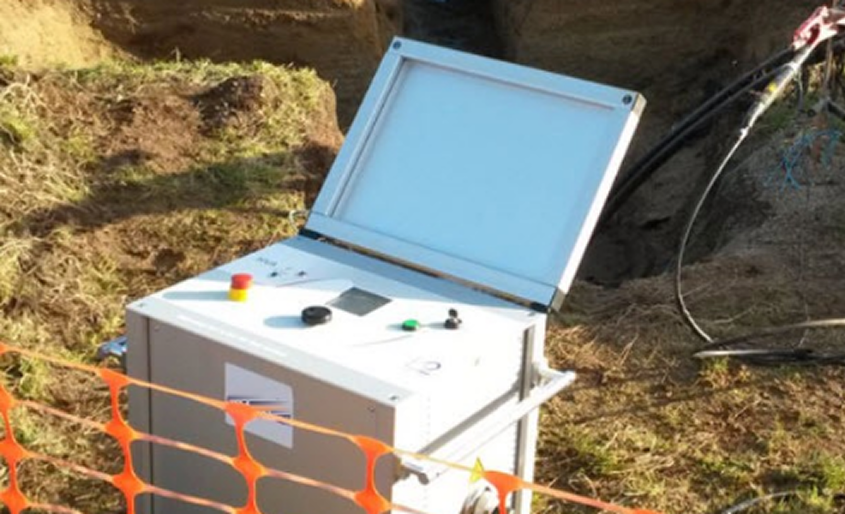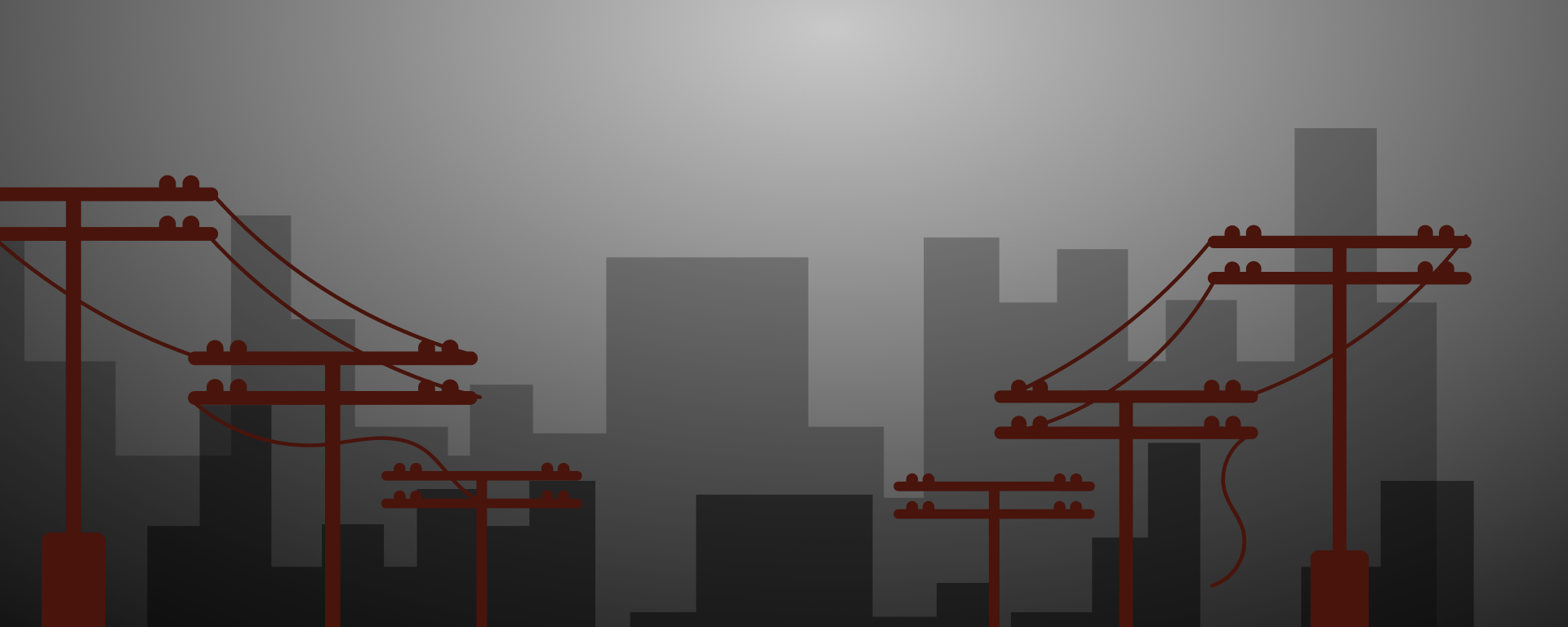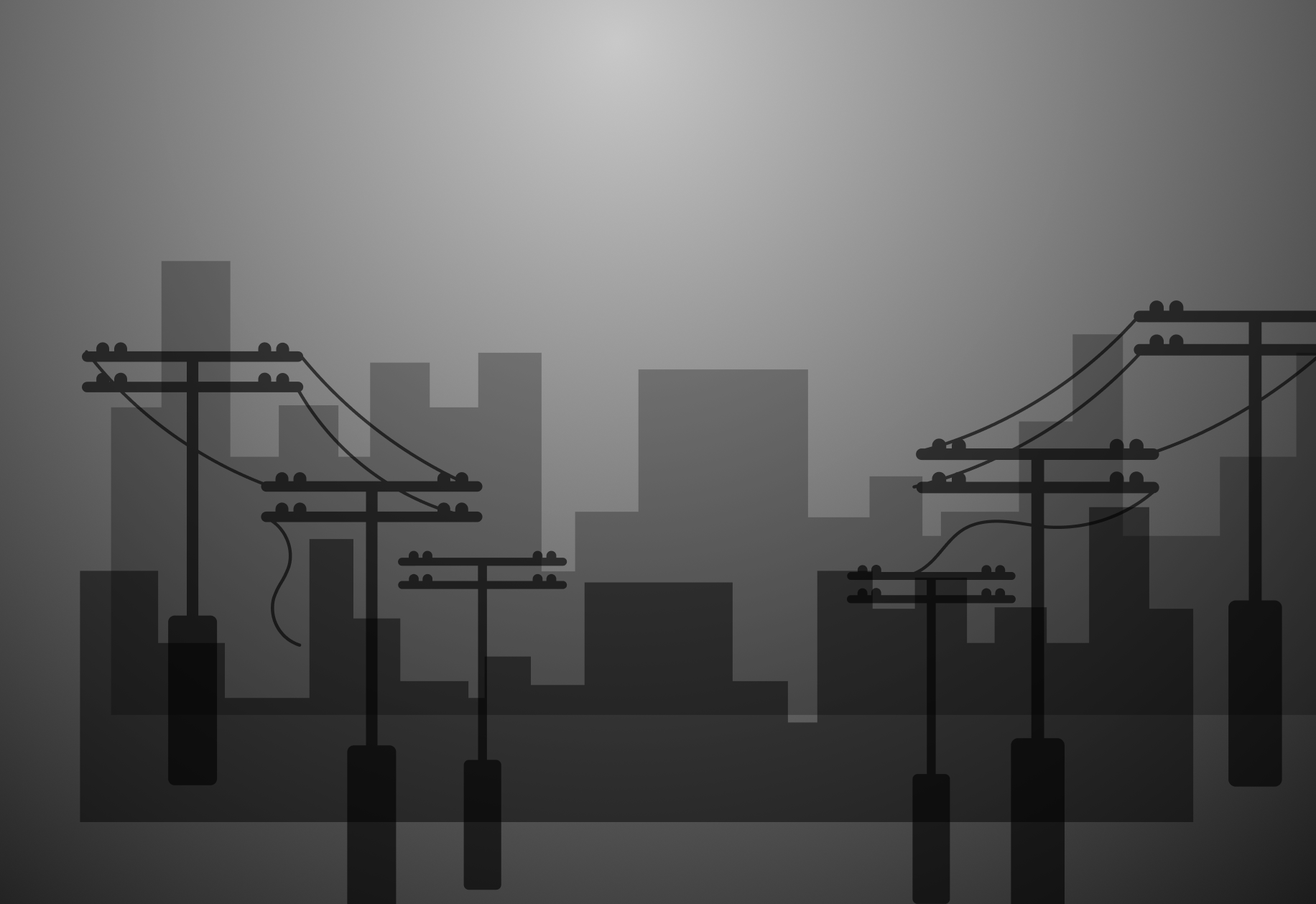Very Low Frequency (VLF) Testing is a high-voltage testing method used primarily for assessing the insulation integrity of medium- and high-voltage power cables. It uses an alternating voltage at a frequency much lower than the standard power frequency (typically between 0.01 Hz and 0.1 Hz) to stress the cable insulation during testing.
VLF testing is especially effective for:
Detecting insulation defects such as cracks, voids, or water trees
Commissioning new cables
Periodic maintenance and diagnostic testing of installed cables
Non-destructive evaluation of cable condition without causing damage
The low frequency reduces the capacitive charging current in long cables, enabling the application of higher test voltages safely and efficiently. This makes VLF testing ideal for long underground or submarine cables.
Benefits of VLF Testing:
Accurate detection of insulation weaknesses
Portable and suitable for field testing
Safer and less stressful to cables compared to standard AC testing
Widely accepted by international standards (IEC 60502-2, IEEE 400)


